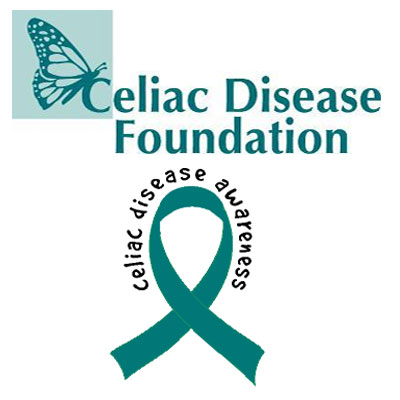Blueberry Facts.
Blueberries are a native North American fruit produced in 35 States.
Fresh blueberries are available for about eight months of the year from producers across the United States and Canada. North America is the world's leading blueberry producer. The North American harvest runs from mid-April through early October, with peak harvest in mid-May through August.
Blueberries can be found in the market all year round, along with frozen, canned and dried blueberries.
Blueberries are low in calories and sodium and are a good source of fiber.
Blueberries rank high in antioxidants that help protect against cancer, heart disease and other age-related diseases.
Researchers have found compounds in blueberries that may help prevent urinary tract infection.
Purchasing Blueberries
When purchasing fresh blueberries, look for firm, plump, dry berries with smooth skins and a silvery sheen. Check the color - reddish berries aren’t ripe but can be used in cooking. Avoid soft or shriveled fruit or any signs of mold. Containers with juice stains indicate that the fruit may be bruised.
Storing Blueberries
Refrigerate fresh blueberries as soon as you get them home, in their original plastic pack or in a covered bowl or storage container. Wash berries just before use. Use within 10 days of purchase.
Freezing Blueberries
Freeze unwashed and completely dry. Discard berries that are bruised or shriveled. Blueberries can be frozen in their original plastic pack or in resealable plastic or frozen bag or transferred to a freezer container. Remember to rinse them before using.
Serving Suggestions
*Add blueberries to your favorite muffin or pancake recipe.
*Combine blueberries with yogurt and granola cereal.*Sprinkle blueberries over mixed greens.
*Serve blueberries with sour cream, yogurt or cottage cheese.
During the month of July, we enjoyed the sweet flavor of blueberries in various recipes. Below are some of the photographs taken to capture their versatility and beauty.
Blueberry Ices and Frozen Blueberry Yogurt (low fat)
with Fresh Blueberries
Resources
North American Blueberry Council. NABC, The North American Blueberry Council
U.S. Highbush Blueberry Council



































